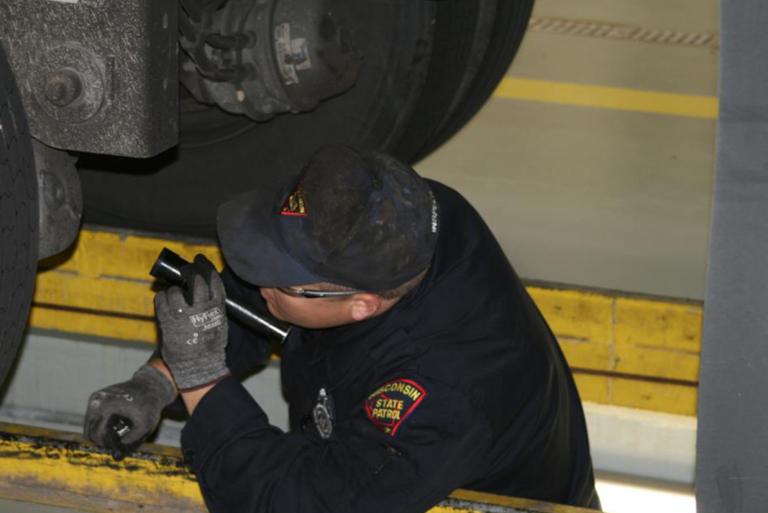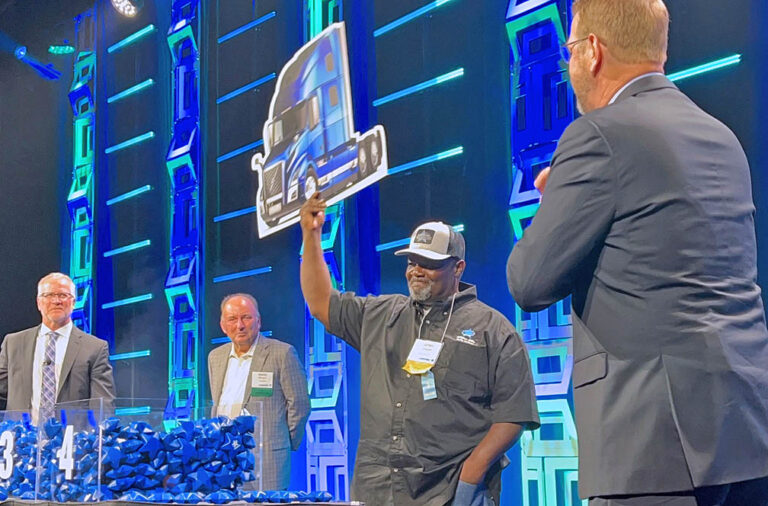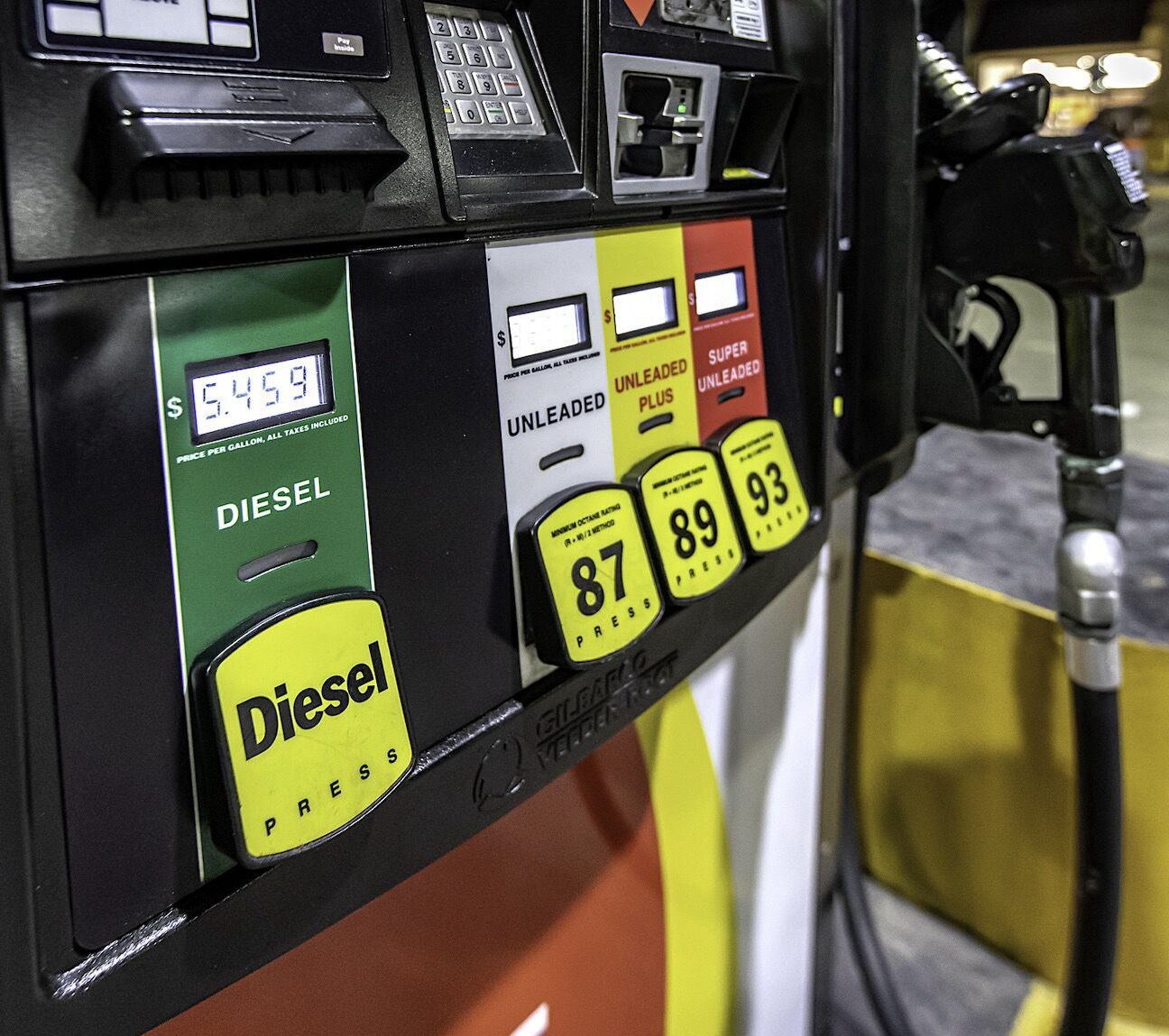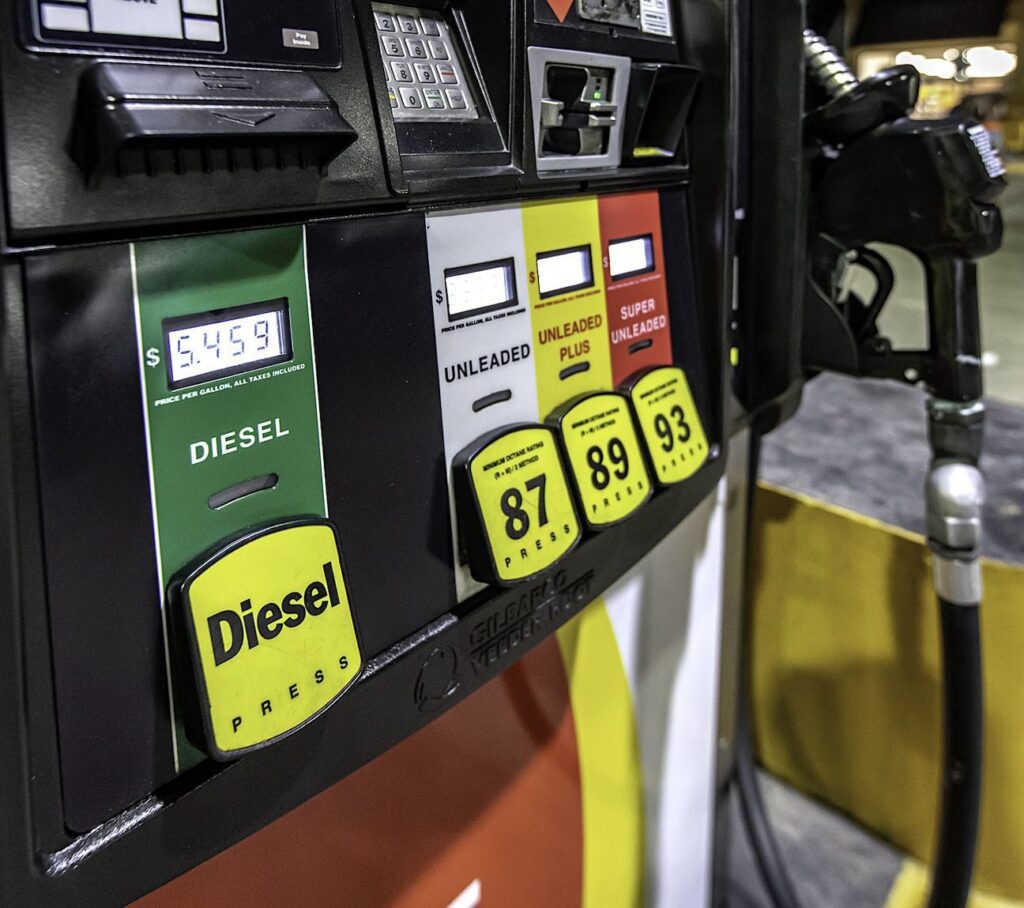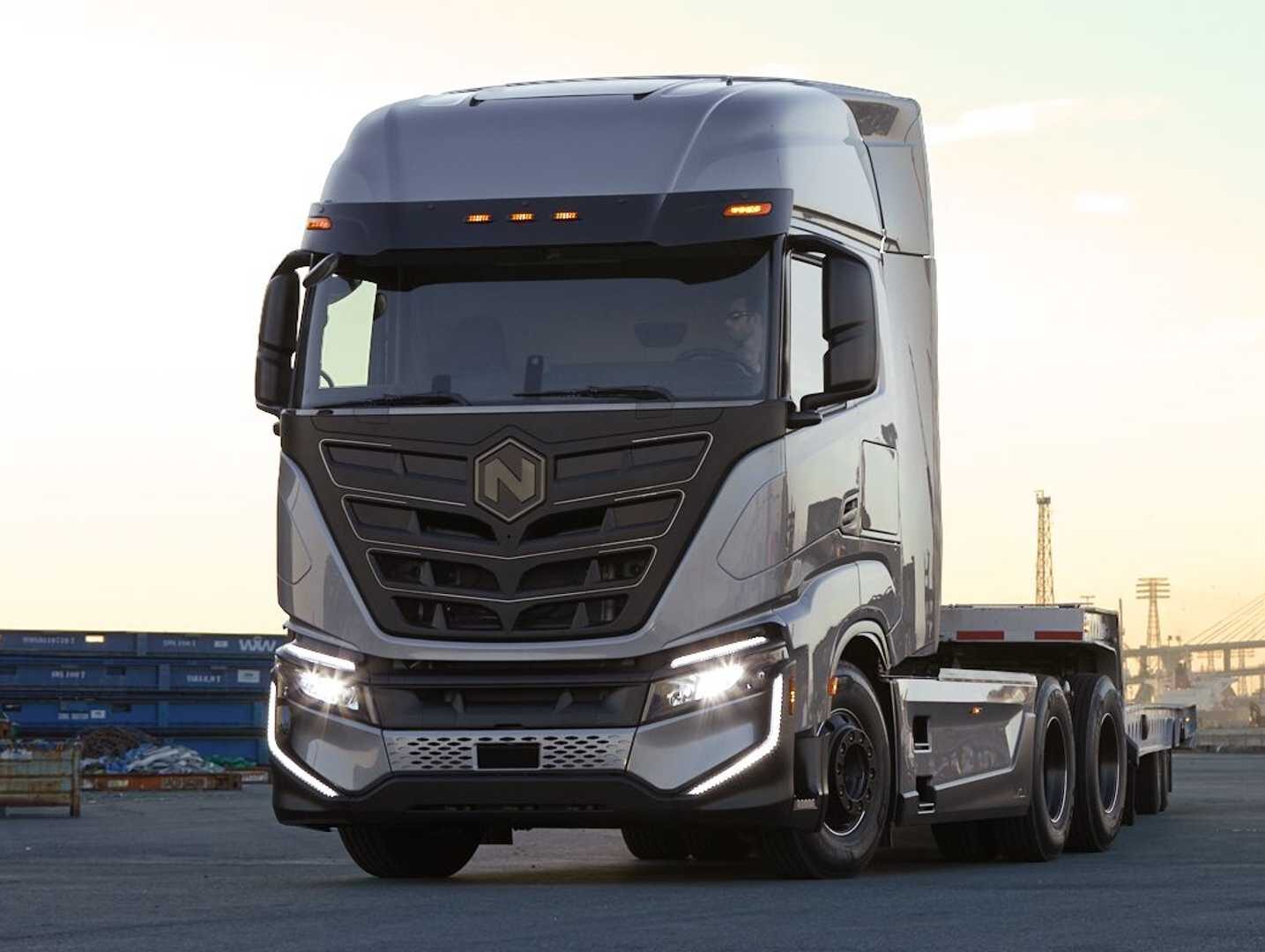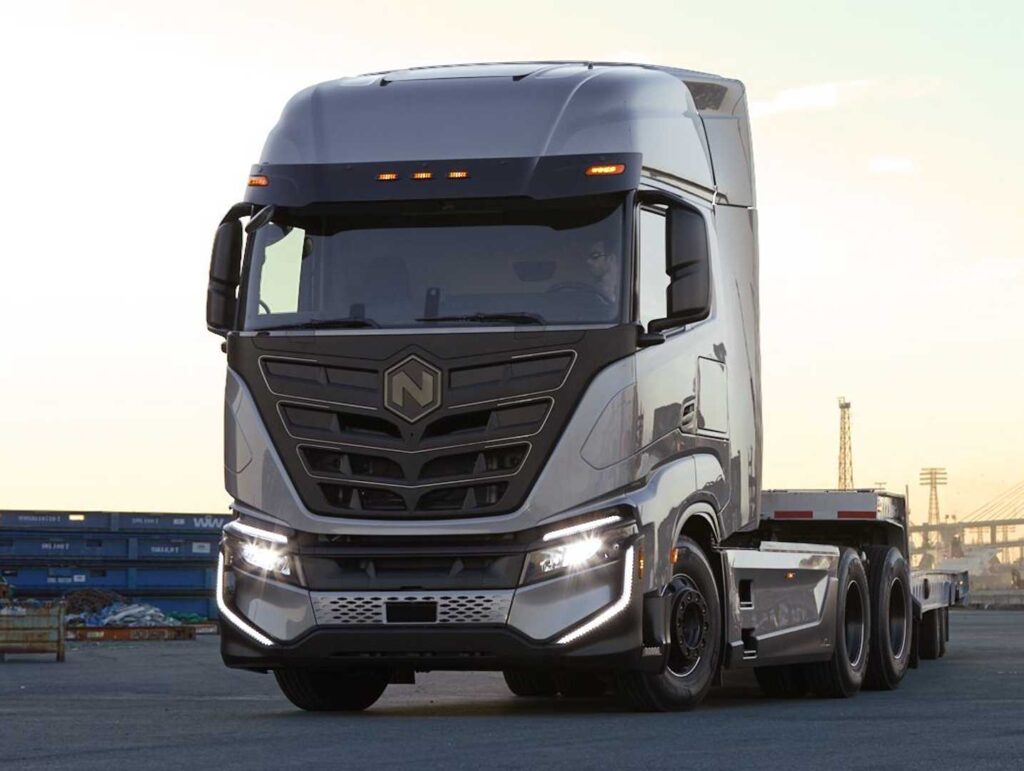
Tesla is now closer to the production
Elon Musk’s most recent forecast of the frequently delayed Tesla Semi electric vehicle delivery before the end of the year seems to be coming true. A production-intent vehicle is depicted in new information on Tesla’s website. However, many issues remain.
Three new videos and images of the second-generation prototype may be found on the Tesla website. The tweet that said “500 mile range Semi Truck starts shipping this year” was sent by Elon Musk on August 10. In late 2023, Musk last anticipated the truck’s arrival.
The newly revised webpage makes no mention of production timing. The orderbook, which calls for a $20,000 down payment per vehicle, appears to be closed. A “Get Updates” button has taken the position of the “Order Now” button. The website no longer lists the previous prices of $150,000 for the 300-mile version and $180,000 for the 500-mile truck.
Since the Semi’s debut in 2017, it has received thousands of orders from fleets of different sizes. Only Frito-Lay, a PepsiCo company, is waiting for early delivery trucks. By the end of 2021, 15 Semis were anticipated to be delivered. In Modesto, California, where Frito-Lay distributes its products, Tesla has constructed a Mega Charger.
Tesla changed a few things about the prototype. The Semi will have three separate electric motors on the rear axles rather than four. In order for drivers to safely merge and stay up with traffic, the business guarantees rapid torque and unparalleled power at any speed.
Tesla claims acceleration from 0-60 mph in 20 seconds for a fully loaded truck with a total gross combined weight of 82,000 pounds and the capacity to maintain highway speeds up a 5% grade. Tesla claims that between February and July in California, using electricity to charge will be 2.5 times less expensive than doing it with fuel.
According to Tesla, a typical diesel-powered truck would save $200,000 in gasoline over three years.
According to Tesla, better braking and motor controls boost stability and traction in every situation. A central seating position allows exceptional visibility, much like construction equipment. An all-electric architecture reduces both the rolling accident danger and the cabin intrusion risk.
The original prototype’s traction drive one motor was taken out, but the Semi still maintains its 300- and 500-mile driving ranges between charges. Each one only consumes 2 kilowatt (kWh) hours of electricity each mile.
The Semi Changer, often referred to as the Mega Charger, has a 30-minute charge recovery time of 70% for the batteries. Direct-current condition of charge to 80% is what rivals guarantee in 90 minutes.

